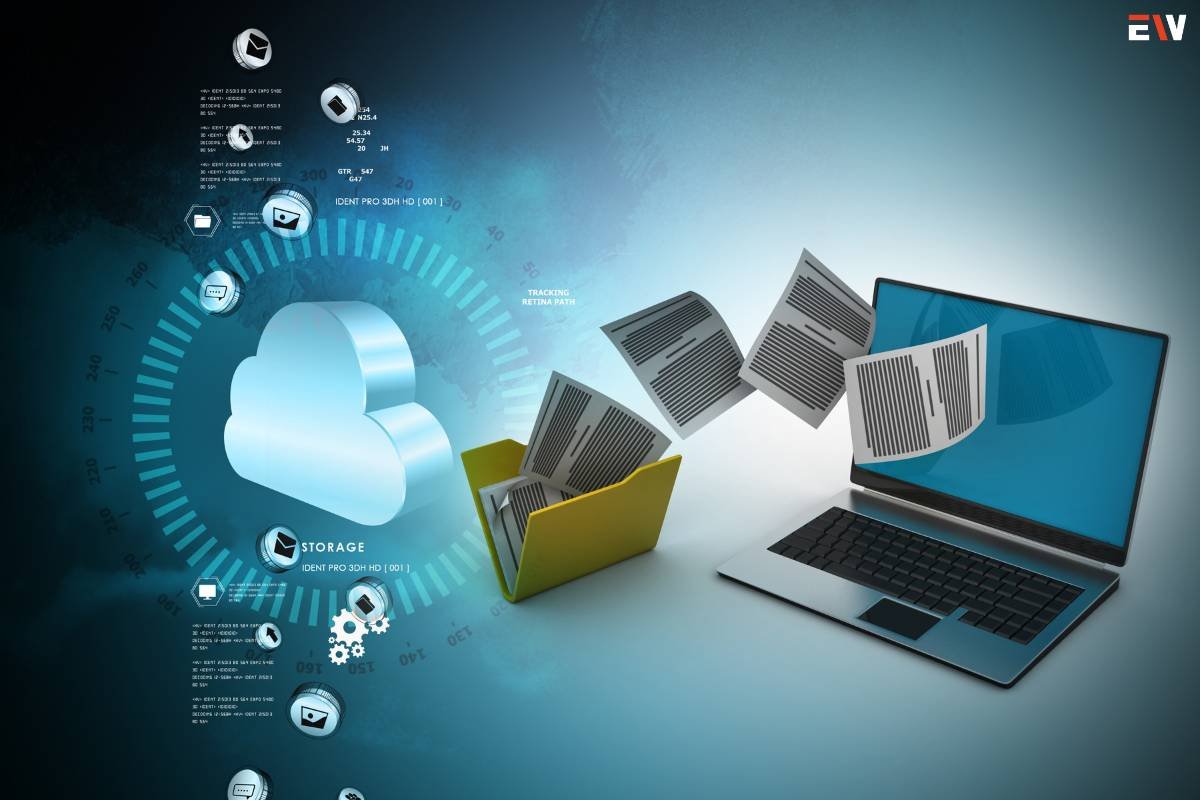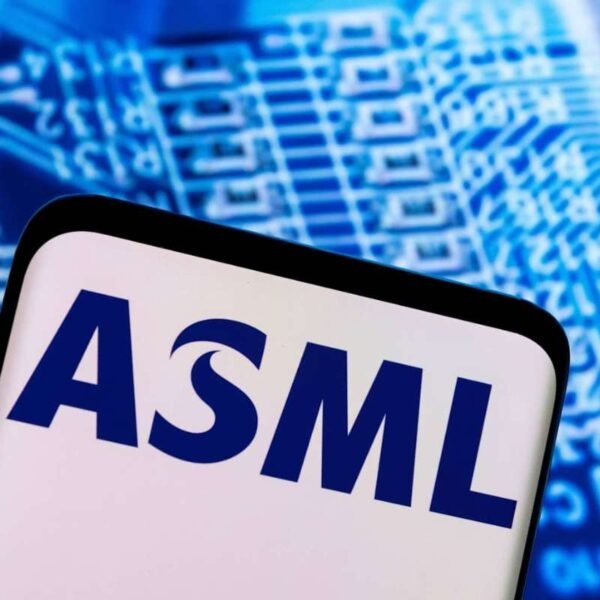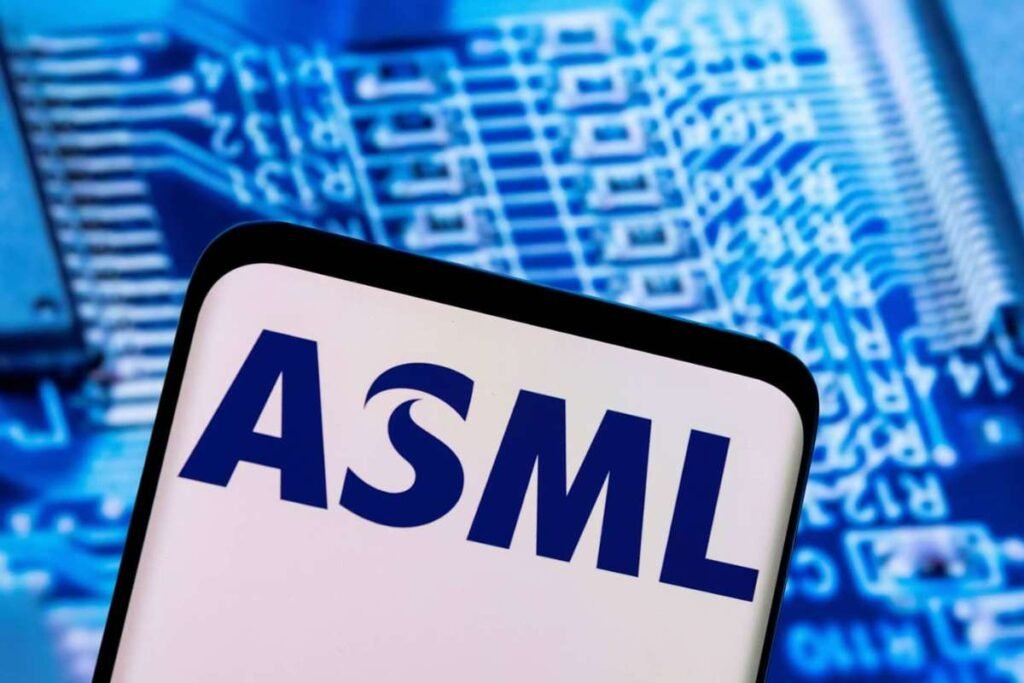In a world where digital communication has become the lifeblood of business and personal interactions, the security of email infrastructure is paramount. Among the unsung heroes of this digital ecosystem are Mail Transfer Agents (MTAs), the silent couriers of our emails. This article delves into the intricate web of securing email infrastructure and the indispensable role played by MTAs. We will explore the best practices for bolstering the security of email systems, the reasons why a robust email infrastructure is necessary for brands, the recent surge in the importance of Mail Transfer Agents, and how these agents function as the guardians of our email communication.
Let’s read more on Securing an Email Infrastructure: Best Practices for Mail Transfer Agents
The Necessity of a Robust Email Infrastructure for Brands
- Communication Backbone:
Email serves as the primary communication backbone for brands, connecting them with customers, partners, and employees. A reliable email infrastructure is fundamental for maintaining seamless interactions.
- Brand Image:
An organization’s email communications project its image to the world. Professional, secure, and well-maintained email infrastructure contributes to a positive brand image, while unreliable systems can erode trust.
- Data Exchange:

Email is not only a means of communication but also a channel for exchanging critical business data. From invoices to contracts, a brand’s email infrastructure plays a pivotal role in data exchange and storage.
- Compliance:
Many industries are subject to strict regulations concerning email communications. A secure email infrastructure is essential for ensuring compliance with data protection and privacy laws.
- Marketing and Engagement:
Email marketing is a cornerstone of brand engagement. A robust email infrastructure allows brands to reach out to their audience effectively and foster customer engagement.
The Rising Importance of Mail Transfer Agents
- Security Challenges:
In an era marked by an escalating number of cyber threats and email-based attacks, the importance of MTAs has surged. These agents serve as the first line of defense against malicious emails, filtering out spam, phishing attempts, and malware.
- Email Authentication:
With the advent of email authentication protocols like SPF, DKIM, and DMARC, MTAs play a crucial role in verifying the authenticity of incoming emails. They ensure that emails are genuinely from the claimed sender and have not been tampered with in transit.
- Performance and Reliability:
MTAs are responsible for the efficient routing of emails from the sender to the recipient. Ensuring that emails are delivered promptly and reliably is a vital aspect of MTA functionality.
- Load Balancing:
As email traffic can vary widely, MTAs are equipped to balance the load on email servers. This helps maintain the performance and stability of email infrastructure, particularly in large organizations.
How Mail Transfer Agents Function
MTAs are the workhorses behind the scenes of email communication. They perform several key functions:
- Email Routing:

MTAs are responsible for routing emails from the sender’s server to the recipient’s server. This involves looking up the recipient’s domain and identifying the server responsible for receiving emails for that domain.
- Spam Filtering:
One of the critical roles of Mail Transfer Agent is filtering out spam. They use various techniques, including blacklists, content analysis, and machine learning, to identify and quarantine unsolicited and potentially harmful emails.
- Email Queuing:
When the recipient’s email server is temporarily unavailable, MTAs queue the email for later delivery. This ensures that emails are not lost and are delivered as soon as the recipient’s server is accessible.
- Delivery Status Notifications:
MTAs are responsible for sending delivery status notifications (DSNs) to inform the sender whether an email was successfully delivered or encountered issues during transit.
- Security Checks:
MTAs play a crucial role in verifying the authenticity of emails using authentication protocols such as SPF, DKIM, and DMARC. They ensure that emails are from legitimate senders and have not been tampered with.
Best Practices for Securing Email Infrastructure with Mail Transfer Agents
- Regular Updates:
Keep your MTAs and email infrastructure up to date with the latest security patches and updates to address vulnerabilities.
- Authentication Protocols:
Implement email authentication protocols like SPF, DKIM, and DMARC to ensure the authenticity of emails.
- Spam and Malware Filtering:
Configure your MTAs to filter out spam and malware. Use machine learning and content analysis to identify and quarantine suspicious emails.
- Data Encryption:
Encrypt email communication with technologies like TLS to protect sensitive information in transit.
- Monitoring and Auditing:
Continuously monitor email traffic for anomalies and suspicious activities. Implement logging and auditing to track email activities.
- Employee Training:

Train employees to recognize and report phishing attempts and suspicious emails. Human vigilance is a crucial layer of defense.
- Disaster Recovery:
Implement a robust disaster recovery plan to ensure email continuity in the event of server outages or other disruptions.
Rising to the Challenge: The Role of Mail Transfer Agents
Amid the growing sophistication of cyber threats and the evolving landscape of email-based attacks, Mail Transfer Agents (MTAs) have emerged as the unsung heroes of email security. These silent sentinels work tirelessly to protect our inboxes from an onslaught of malicious emails, from spam and phishing attempts to insidious malware. Their importance has never been more apparent than in recent years, as email threats continue to proliferate.
MTAs serve as the first line of defense in the battle against cyber threats. They meticulously examine incoming emails, scrutinizing each one for telltale signs of malicious intent. By filtering out spam and malicious emails, they ensure that only legitimate and safe messages find their way into our inboxes. This proactive approach safeguards both individuals and organizations from the potentially devastating consequences of email-based attacks.
Another crucial function of Mail Transfer Agents is to verify the authenticity of incoming emails. With the advent of email authentication protocols like SPF (Sender Policy Framework), DKIM (DomainKeys Identified Mail), and DMARC (Domain-based Message Authentication, Reporting, and Conformance), MTAs play a pivotal role in ensuring that emails are genuinely from the claimed sender and have not been tampered with in transit.
Conclusion
In the age of digital communication, the security and reliability of email infrastructure are non-negotiable. Brands rely on email as a core element of their communication, brand image, data exchange, and compliance efforts. A robust email infrastructure is not just a choice; it’s an imperative for businesses looking to thrive in the digital era. The importance of Mail Transfer Agents (MTAs) has surged due to the growing complexity of email security challenges, the implementation of email authentication protocols, the need for email performance and reliability, and load balancing requirements. MTAs serve as the guardians of email communication, filtering out spam, verifying email authenticity, and ensuring efficient routing.










